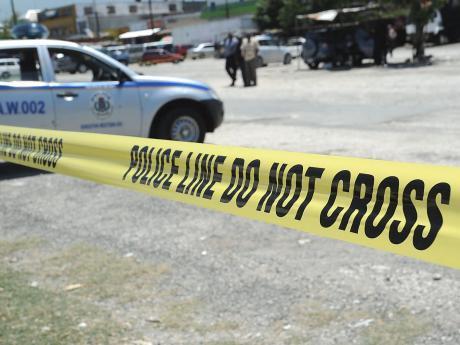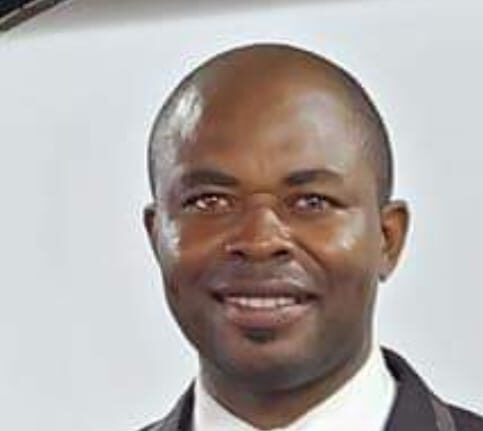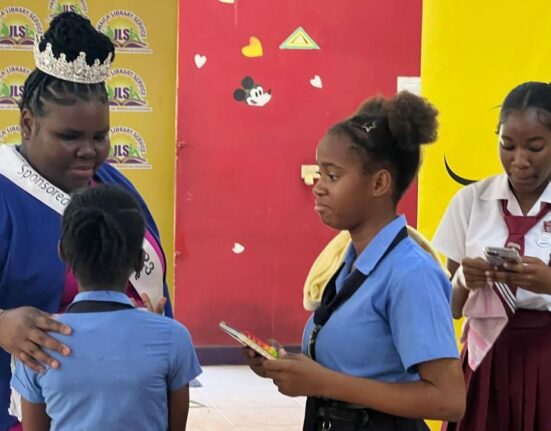Dear Readers,
– The earliest “organized” youth groups were among churches. The churches’ interests were not necessarily to create organizations for youth, but more to provide access to services. Groups formalized around these activities or events over time and gave rise to the organizations. Church, from Bible lessons to reading classes, became the origin of formal groups. During the 1900s a number of international organizations – Boys Scouts (1910), Girl Guides (1912), Young Men’s Christian Association (YMCA) and the Young Women’s Christian Association (YWCA) (1920s) – started offices in Jamaica.
– The Garvey Movement of the late 1920s saw Jamaicans working for the development of their communities and their empowerment. This helped to lay the foundation for the nationalistic movements of the 1930s, a major feature of which, was the establishment of the Jamaica Welfare Movement. Under Jamaica Welfare, service groups including community organizations, co-operatives and credit unions took shape.
– One major programme under Jamaica Welfare was the Jamaica Youth Clubs Council. The Council was established in 1955 to work with youth groups throughout the island. It had representatives from the YMCA, YWCA, churches, Local Government, the Civil Service, the Business Sector as well as some co-opted members. The programmes of the Jamaica Youth Clubs Council included:
• A sports programme for the 11-25 age group in which friendly matches, sports rallies and games clinics became the centre of activities
• An all-round youth development programme with existing clubs so they would become multi-activity groups. By 1964 all parishes were active in this movement.
– Preceding the Youth Councils, however, was the Joint Island Council established by YMCA and YWCA. This established a youth clubs’ Association in Kingston during the 1940s and in St. James and Trelawny between 1952 and 1954.
– The 1960s were marked by the birth of independent Jamaica and the nationalistic fervour was reflected in the programmes of the era. A major highlight of the decade was the launch of the 100 Village Community Development Programme in 1964. The youth movement was boosted by increased number of community centres that functioned partly as venues for Youth Club meetings and other activities.
– In 1965 legislation was passed to establish the Youth Development Agency. The Agency was set-up as a part of the Social Development Commission (SDC) and was given responsibility for administering youth clubs throughout the island. By 1970, there were 400 registered youth clubs island wide with a membership of 16,000 young people. This does not include the other youth organizations such as the Boys Brigade, political youth arms and the Jamaica 4H, which had broadened their network nationally.
– The 1973 restructuring of the SDC resulted in the establishment of a Youth and Community Services Division that was given the responsibilities for all matters related to youth and community organizations. While the SDC and the youth portfolio were shifted from one ministry of government to another, the SDC maintained responsibility for community youth organizations until 2000, when this responsibility was transferred to the National Centre for Youth Development (NCYD).
– In 1998 the SDC estimated that there were over 1600 youth clubs with an average of just under 40 members each. A major feature of the 1980s and 1990s was the increased number of school-based youth organization such as: Cadets, Scouts, Brownies, Boys Brigade, Girls Guide etc. and the increased number of youth arms of service clubs. (NCYD, 2012).
If we should do an assessment of the number of active youth groups and organizations we have in Jamaica today, I guarantee you that we would be ashamed! The pandemic has made the situation worst. I use this medium to call for a collective approach that is researched based and policy driven to engage with Jamaica’s youth!
Always remember to focus on the positives because “where focus goes, energy flows and results show!”
Until next time – be safe.
—————








